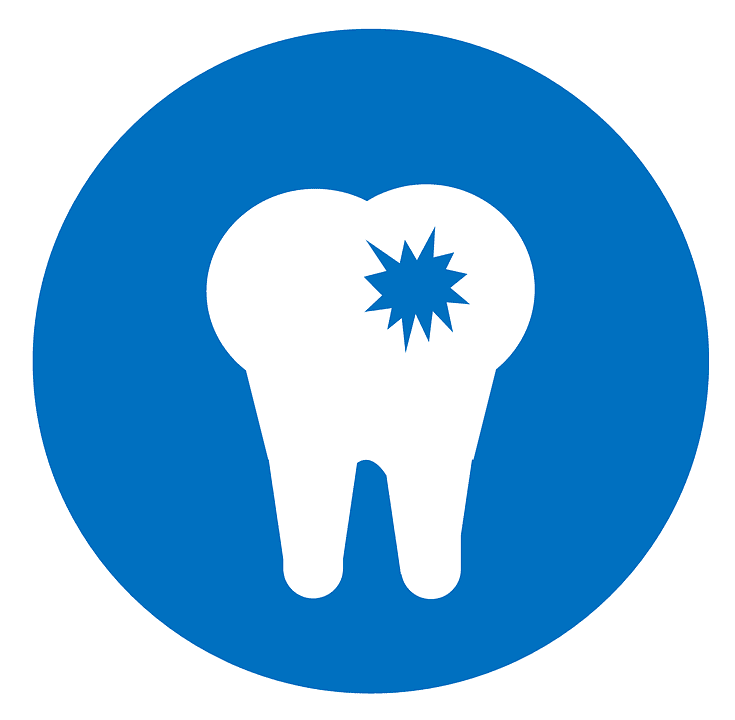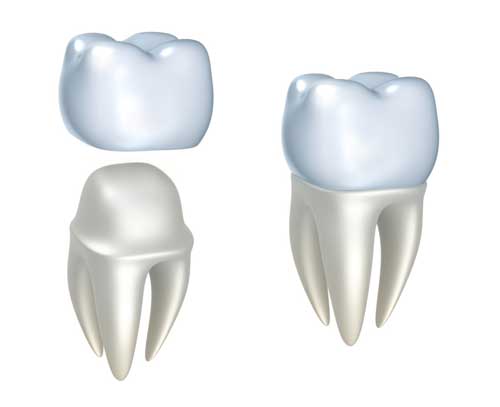Facts and Myths about Cavities

By the time we are able to brush our teeth on our own, most of us can remember being told about cavities. If you have ever needed a filling or other dental work, you may know a bit more about cavities than someone who is yet to have the experience. However, there are still some misconceptions about how we get them and what you should do about a cavity. Here are some common myths that surround cavities and the reality behind these misconceptions: Myth: If my teeth don’t hurt, nothing is wrong. Fact: By the time a tooth begins to hurt, it means the cavity and tooth decay has gone deep into the tooth and is now irritating the nerve. The longer you leave an issue, the more complex and expensive the treatment will be. Therefore, regular checkups are necessary to catch dental issues before they become extensive. Waiting for there to be an issue in the mouth before going to the dentist can mean the difference between a simple filling and a root canal. Myth: Sugar-free soda can’t cause cavities. Fact: Sugar is a huge contributor to the cause of cavities, as it creates a food source for harmful bacteria in the mouth, but it is not the only contributor. Anything that makes your mouth more acidic, such as diet sodas, can cause erosion. The harmful bacteria metabolize the sugar or acids left on your teeth and excrete lactic acid that creates small holes in tooth enamel. Myth: With good dental care, teeth can repair their own tooth enamel (remineralisation). Fact: Experts have said that teeth can replace some of the minerals that its enamel has lost. This process is called remineralisation and can slow or even stop decay. However, once bacteria and decay get through that enamel, the damage is done, and the erosion can not be reversed. The cavity has to be treated or it will continue to erode away at the tooth until it reaches the nerve. The nerve will eventually die. Depending on how long you leave a cavity, you could be looking at needing a root canal or a tooth removal. Myth: A filling is forever and can not get cavities. Fact: Although fillings can last for over a decade, they do eventually wear and break down. Tooth decay can not affect a filling but it can set in to the tooth around the edges of a filling or underneath the filling if it is broken. Myth: Cavities are for kids Fact: Anyone who has poor dental hygiene and consumes a lot of sugary food stuffs is at risk of developing cavities. Saliva is a natural buffer to all the acids in your mouth, so adults who smoke or take medications that cause dry mouth are at an even greater risk, as they have low saliva production. There is always a risk of developing a cavity, whether you are 6 or 76 years old. The important thing is to look after your dental health through daily care and regular dentist visits. At East Mountain Dental, you can be sure to get great dental care. Contact our Provo office today.
Why CEREC is Right For You

CEREC is the short term for Chairside Economical Restoration of Esthetic Ceramics, or CEramic REConstruction. This advanced technology uses computer aided design and manufacturing to quickly take dental impressions and generate perfect, custom fitted ceramics. This means if you are up for a dental crown, filling, inlay or onlay procedure, you can get everything done in one trip to the dentist office. Traditionally, multiple trips need to be made to complete the placement of a dental crown. Now, instead of sending dental impressions to a lab and waiting for the final, permanent crown before fitting, we at East Mountain Dental can create and place a crown in a single day. CEREC technology saves you time and guarantees great results. The CEREC Process Once your tooth has been prepped for the fitting of a ceramic restoration, which is done by filing and shaping the tooth, the CEREC process allows our team to use digital impressions to make a mold for the restoration. Digital impressions are more comfortable and more accurate than traditional impressions that are made with plaster. The mold is then used to create the restoration from a single block of solid ceramic materials. CEREC technology can manufacture a custom dental crown in as little as 90 minutes. The restoration is then fitted and bonded into place. Additional CEREC Technology Benefits It is not only the convenience of CEREC technology that makes it so great, but the restorations also look after your comfort and appearance. Here are 4 ways in which CEREC technology gives you the best possible restoration. CEREC technology allows people to avoid the stage of traditional restoration treatments that require patients to have a temporary restoration fitted, instead of having their permanent fixtures fitted right away. While temporary restorations fulfil the basic role of protecting teeth, they have many downsides, such as chewy and sticky foods easily damage these temporary fixes. Some people also experience discomfort while having temporary restorations removed before their permanent ones are fitted. The lifespan of CEREC restorations is longer than restorations made with traditional methods, meaning they will look better for longer. An impressive 95.5 percent of crowns made with CEREC technology survive for at least nine years after they have been fitted. The tooth shade of CEREC ceramic materials can be precisely matched to the color of your natural teeth, rendering the restoration virtually unnoticeable. The accurate fit of CEREC restorations are less likely to cause sensitivity, as most cases of sensitivity arise from restorations that do not fit correctly. Some patients also experience sensitivity during the period when wearing temporary restorations. As these are not necessary with CEREC restorations, the technology removes another possible source of sensitivity. With CEREC technology, patients enjoy the advantages of long-lasting, comfortable, well-fitting crowns, fillings, inlays or onlays. Ask our team at East Mountain Dental if CEREC technology can be used in your next restoration procedure.
